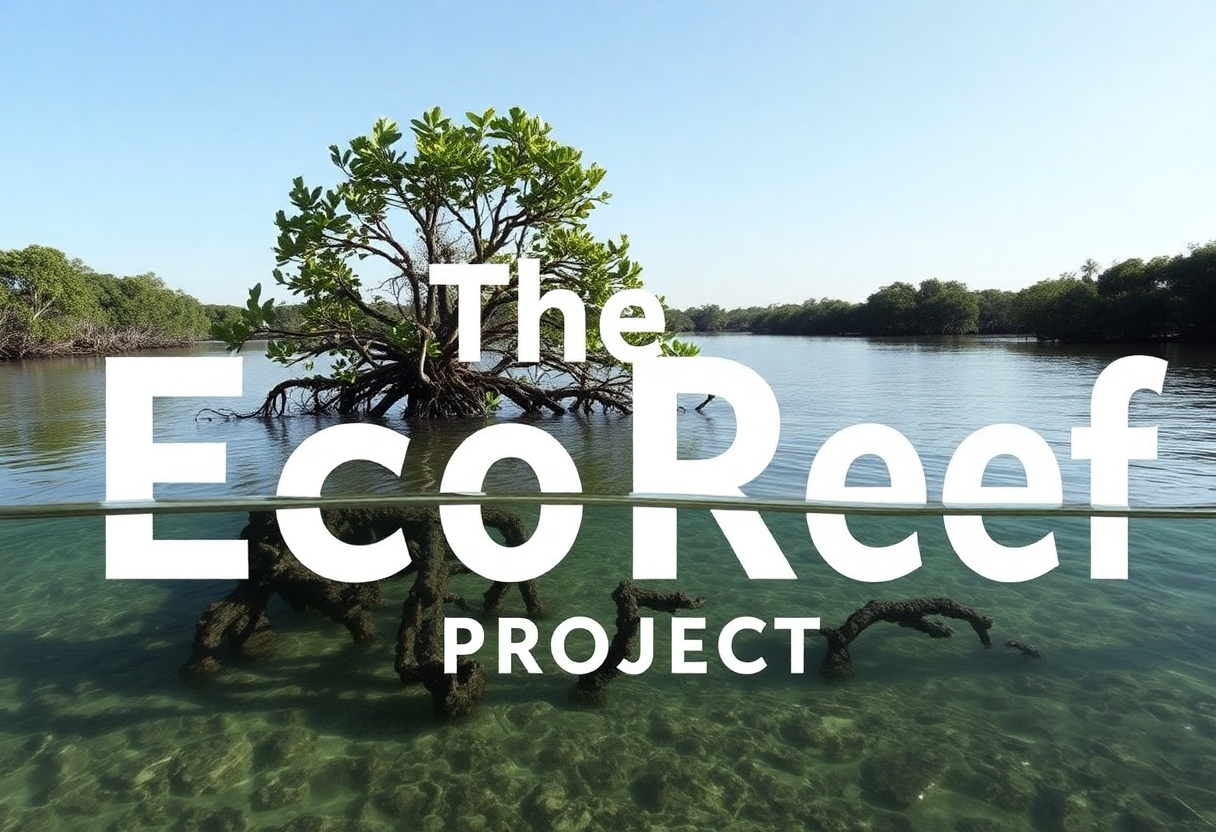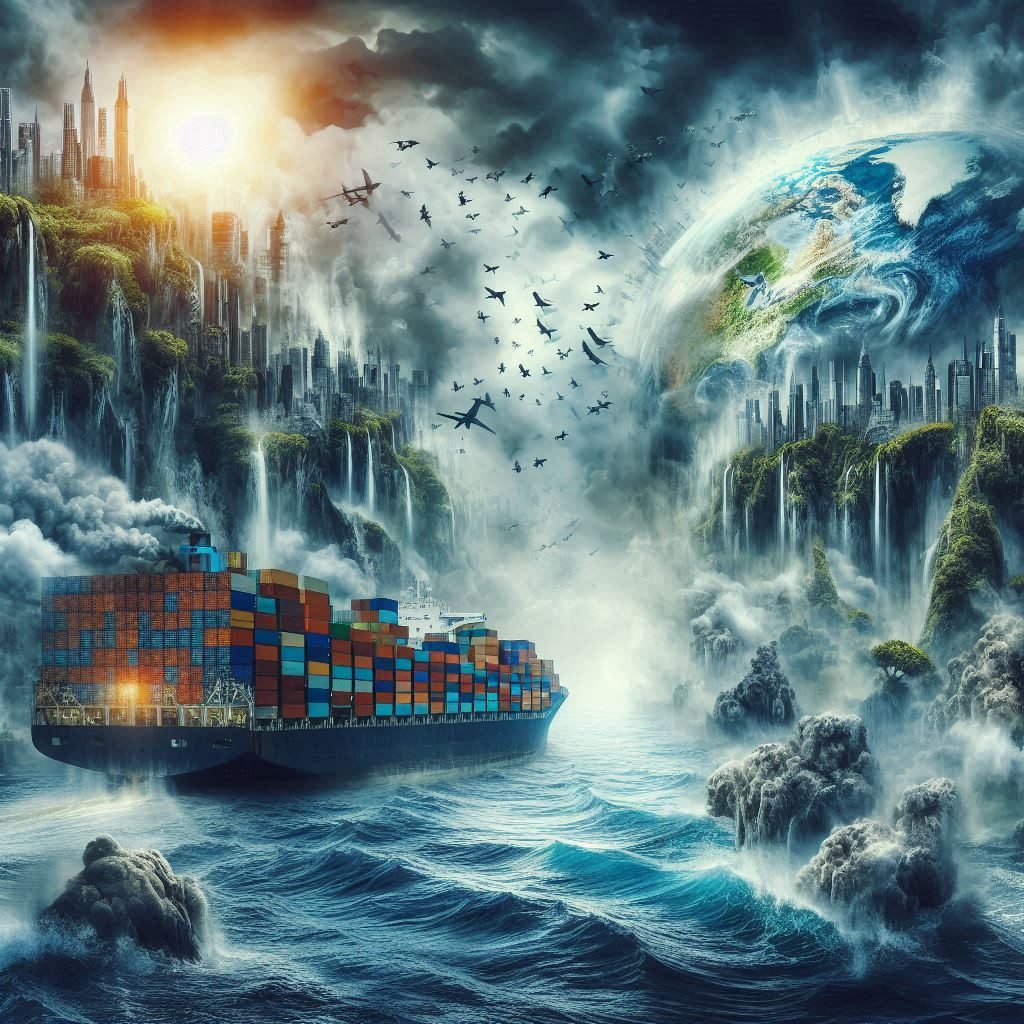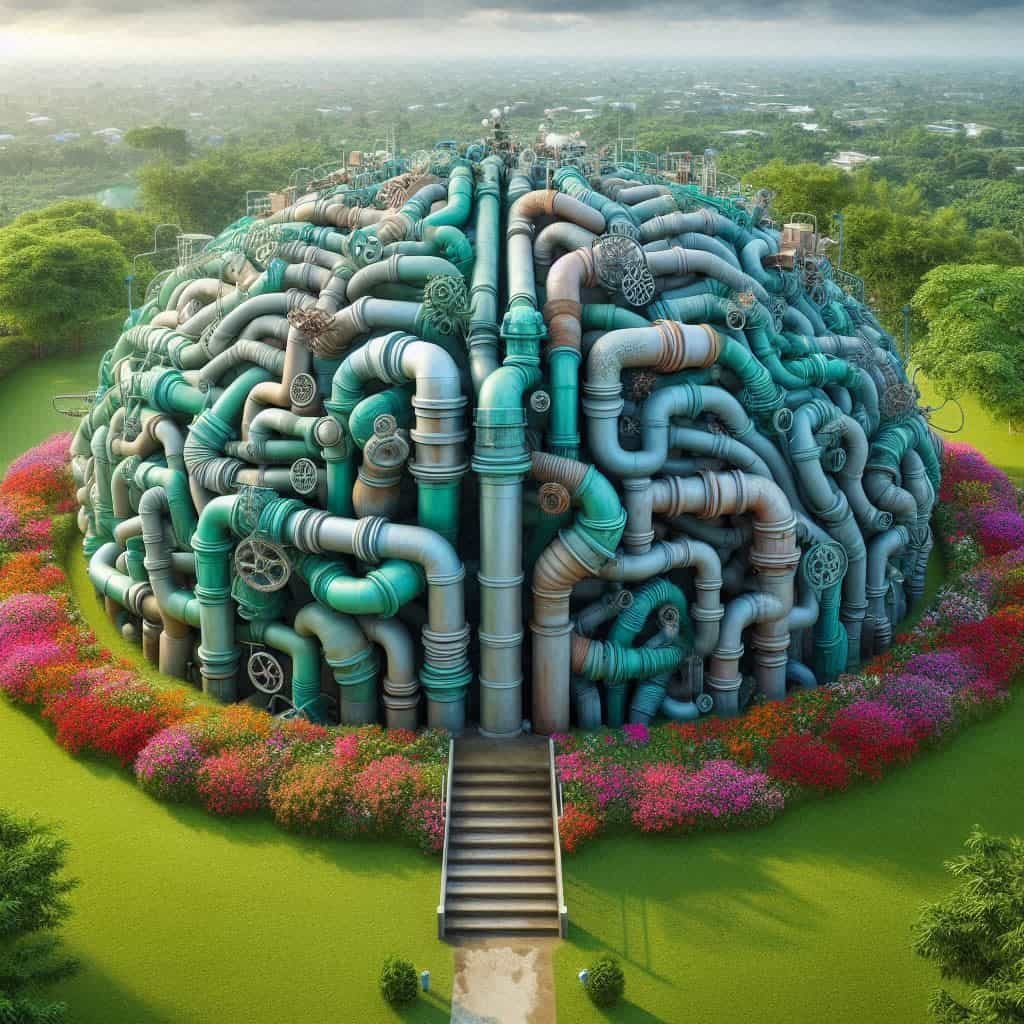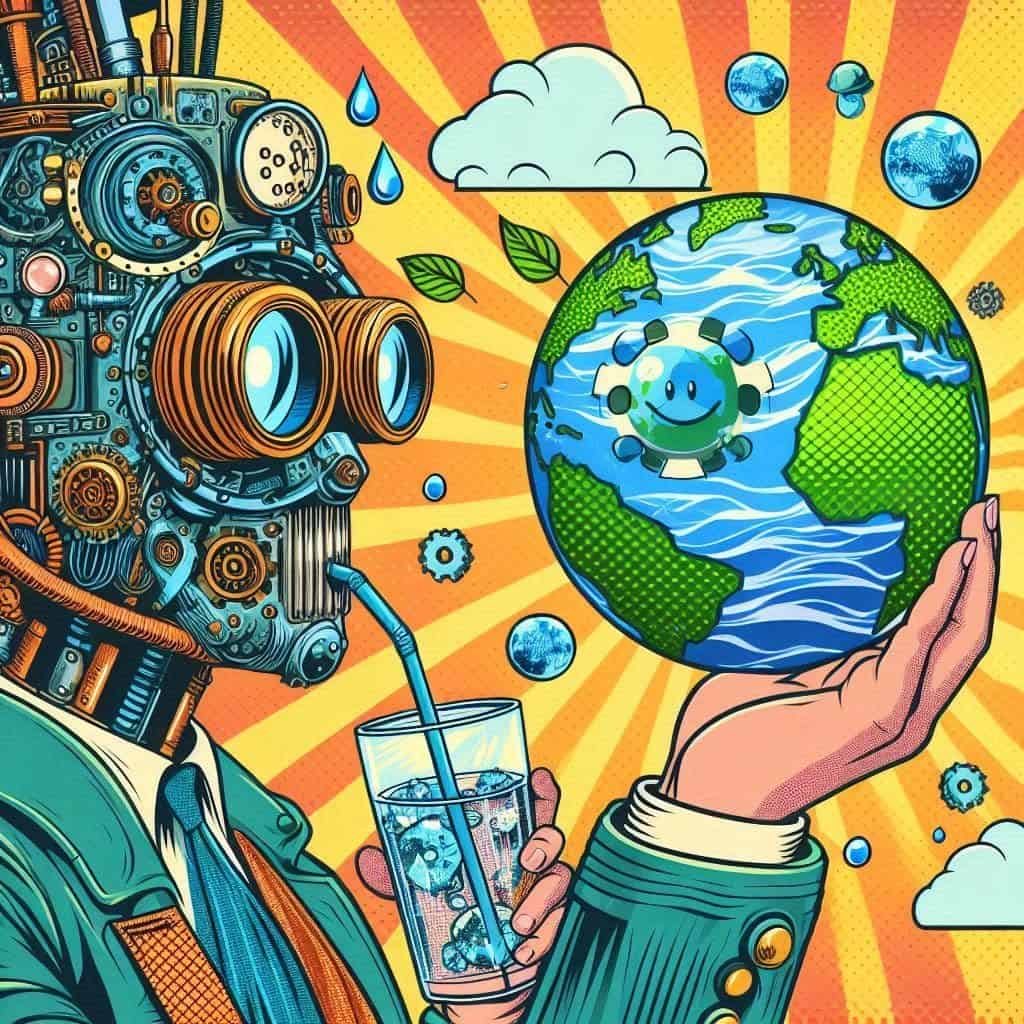Pond EcoFilter Large Garden Magic

A Sustainable and Budget-Friendly Pond EcoFilter
Creating a large pond eco-filter for your pond not only helps maintain clean water but also contributes to a healthier ecosystem for your fish and aquatic plants. By using recycled items, you can build an effective and long-lasting filter that is safe for your pond’s inhabitants and the environment. Here’s a step-by-step guide to constructing a budget-friendly eco-filter for your pond.
Materials You’ll Need
Large plastic barrel or container
This will serve as the main body of your filter. Make sure it is food-grade and previously used for storing safe substances.
Gravel and pebbles
These will act as mechanical filtration media to trap larger debris and particles.
Sponges or foam pads or tight, soft meshing
These can be used for biological filtration to house beneficial bacteria that break down harmful substances in the water. Make sure they are clean and do not break down.
PVC pipes and fittings
These will be used to create the inflow and outflow channels for the water.
Plastic mesh or netting
This will help hold the filtration media in place and prevent them from clogging the system.
Submersible pump
This will circulate the water through the filter. I know some people have been able to pump water through a system without a pump but I have personally not been able to do it yet.

Step-by-Step Guide:
Step 1 – Prepare the Barrel
Start by thoroughly cleaning the plastic barrel or container to ensure it is free from any harmful residues. Once cleaned, drill holes near the bottom of the barrel for the water to enter and near the top for the water to exit. Do not use cleaning liquids.
Step 2 – Add Gravel and Pebbles
Layer the bottom of the barrel with gravel and pebbles. These will serve as the first stage of mechanical filtration, capturing larger debris and particles from the pond water. Old gravel is best and make sure it is washed.
Step 3 – Install the Sponges or Foam Pads
Cut the sponges or foam pads to fit snugly inside the barrel, above the layer of gravel and pebbles. These will provide a surface for beneficial bacteria to grow, aiding in biological filtration. The bacteria will break down harmful ammonia and nitrites in the water, keeping it safe for your fish.
Step 4 – Create the PVC Inflow and Outflow
Using PVC pipes and fittings, create an inflow pipe that extends from the pond to the bottom of the barrel and an outflow pipe that exits near the top. Ensure that the connections are secure and watertight to prevent any leaks.
Step 5 – Add Plastic Mesh or Netting
Place plastic mesh or netting above the sponges or foam pads to hold them in place. This will prevent the filtration media from shifting and clogging the system.
Step 6 – Install the Submersible Pump
Place the submersible pump in the pond and connect it to the inflow pipe. The pump will draw water from the pond, push it through the gravel and sponge layers, and then return the filtered water back into the pond through the outflow pipe.
Step 7 – Test the System
Once everything is set up, turn on the pump and check for any leaks or issues. Monitor the flow of water through the filter to ensure it is working efficiently. Adjust the positioning of the filtration media if necessary to improve performance. And continuously check your fish and filter at least daily.

Ensure Fish and Environmental Safety
When building your pond ecofilter, it’s crucial to ensure that all materials used are safe for your fish, the pond, and the local environment. Select food-grade plastic containers and ensure all recycled items are thoroughly cleaned and free from any harmful residues. Using non-toxic materials helps protect the aquatic ecosystem and promotes a healthier pond environment. This approach not only benefits your fish but also contributes to a better overall ecology by minimizing pollutants and promoting natural filtration processes.
Innovative Additions To Your Pond EcoFilter
Windows and Additional Cleaners
If you build your pond ecofilter cleverly, you can incorporate windows to view the filtration process. Clear plastic or acrylic panels can be added to the sides of the barrel, allowing you to observe the water as it moves through the filter layers. This not only adds a visual element to your pond setup but also helps you monitor the efficiency of your filter.
Additionally, you can introduce beneficial organisms such as yabbies, snails, or certain catfish to help with cleaning. Yabbies and snails can consume algae and detritus, while catfish can help keep the bottom of the pond clean. However, adding these organisms requires you to maintain the water quality diligently. Regular testing and monitoring of the water parameters are essential to ensure that the environment remains safe and healthy for both the fish and the cleaning organisms.

Benefits of Using Recycled Materials
Using recycled materials to build your pond ecofilter is not only cost-effective but also environmentally friendly. Repurposing items such as plastic barrels and sponges reduces waste and minimizes the environmental impact. Additionally, using safe, recycled materials ensures that your pond’s inhabitants remain healthy and thrive in their environment.
Long-Term Maintenance
To keep your pond ecofilter functioning optimally, regular maintenance is essential. Clean the sponges or foam pads periodically to remove accumulated debris and prevent clogging. Rinse the gravel and pebbles occasionally to maintain their effectiveness as mechanical filters. Monitor the health of your fish and plants to ensure that the filter is providing adequate filtration.
Conclusion
Building a large pond ecofilter for your pond using recycled materials is a sustainable and budget-friendly way to maintain clean and healthy water for your aquatic ecosystem. By following these steps, you can create an effective filtration system that supports the well-being of your fish and plants while minimizing your environmental footprint. Embrace the power of recycling and enjoy the benefits of a thriving pond!
Join the Discussion
Have you tried building an pond ecofilter for your pond? What materials did you use, and how did it work out for you? Do you have any additional tips or suggestions for others looking to build their own eco-filter?





































